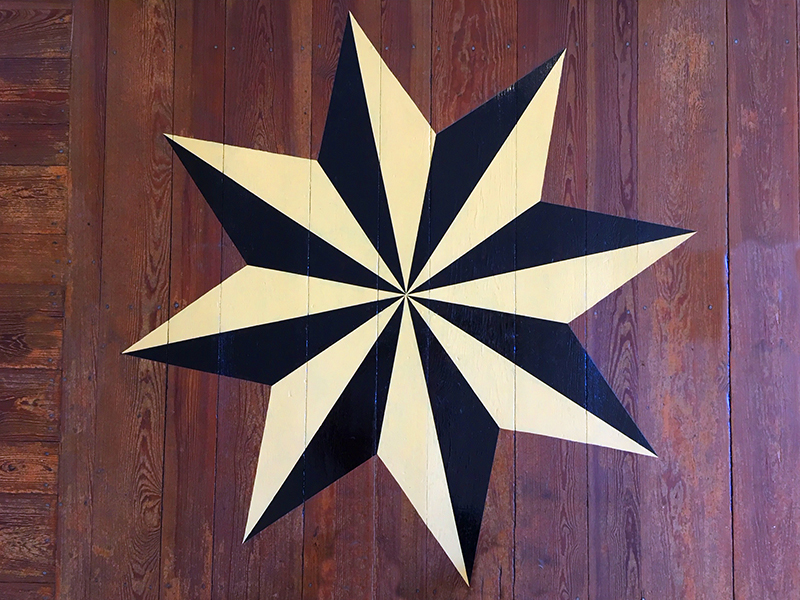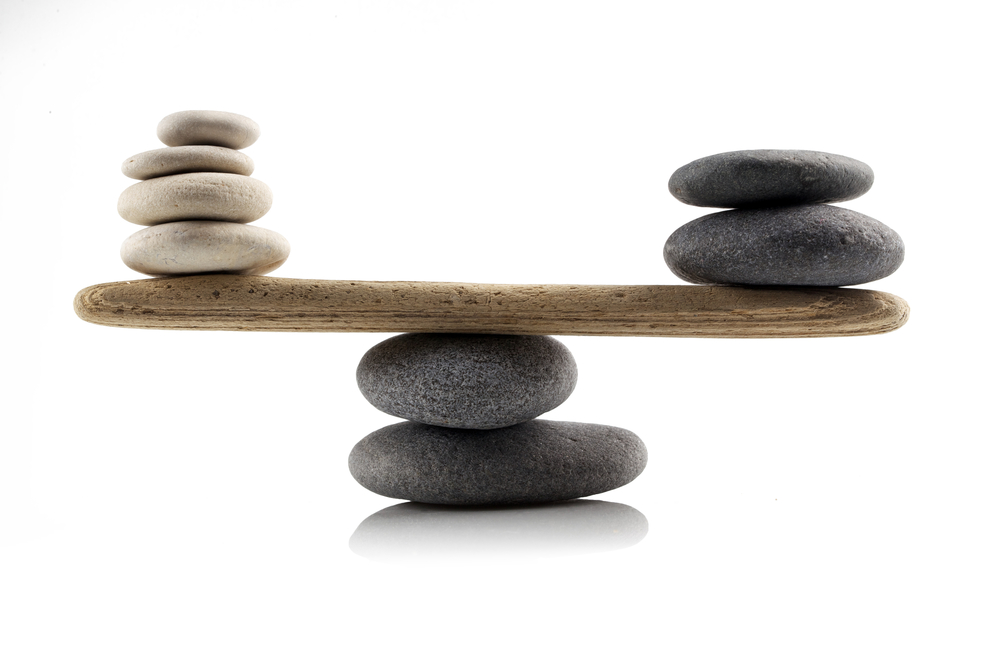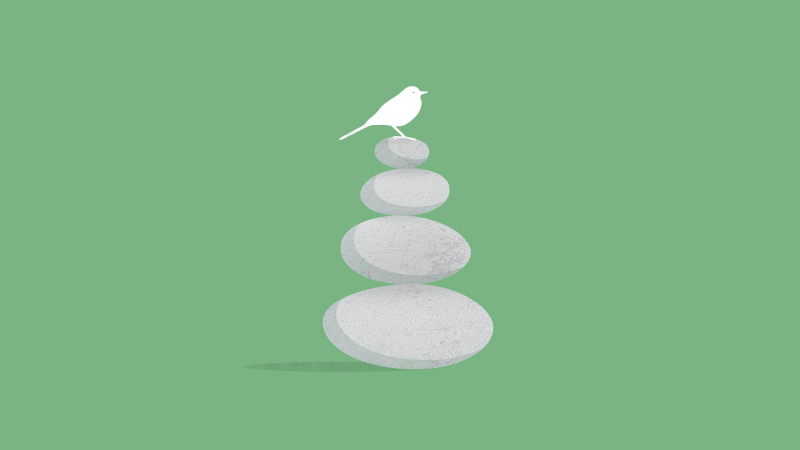Table Of Content

Be open to experimenting with styles until you stumble upon a design idea that works well for the particular brand. Professional designers lift the burden of understanding complicated design principles off of your shoulders. There is a type of balance that not many graphic designers use as the result can sometimes be seen as a hot mess. It has no vertical alignment, but its horizontal alignment and the uniform size of the images balance it out. Successful graphic designers know that mastering the visual concept of balance is the key to effective communication.
From Principles to Practice: Putting AI Ethics into Action - McKinsey
From Principles to Practice: Putting AI Ethics into Action.
Posted: Fri, 08 Jul 2022 07:00:00 GMT [source]
What is Radial Balance in Design?

They help in distributing elements evenly, enhancing both the functionality and aesthetic appeal of the design. Repetition can be interpreted to be consistent in this context. The more you practice this principle of design, the higher the chance your brand will grow beyond just a single advertisement. If you have a light blue background image, write your copy in a darker font, most preferably on a patch over a part of the image so that it can be seen.
Unity
That is because the balance in design is something that intrinsically allows our minds to visualize the pattern or flow of the page, thus making it easy for us to explore. When that happens, more often than not, there is something wrong with the balance of the elements in that design. When something is well-balanced, it just appeals to consumers, while something that is out of sync just doesn’t sit well with us.
Remote UX/UI Designer Jobs up to $xxxk/year
This space, which is not filled with text, graphics, or images, is instrumental in creating an effective visual hierarchy. By incorporating white space around and within elements, designers enhance readability and focus the viewer’s attention on specific content. It also contributes to a design's overall balance, preventing it from appearing overcrowded and chaotic. In essence, white space is not merely empty; it is an active element that structures content and emphasizes the most important components of a design. The principles of design are fundamental elements that help structure and organize visual material effectively.

Or that one element is larger and the other is smaller in size. Or using a serif font on some text and a sans-serif text on another piece of text. It's what you want others to notice first - the essential information someone needs to be aware of and pay attention to upon first viewing your work. A focal point is an object that stands out instantly and grabs the viewer's or user's attention at first sight. Variety is created by using elements that are not similar to one another. With Symmetrical balance, think of drawing an invisible, vertical line down the center of the page and splitting the page into two sides.
The cover design on the left is a symmetrical design, while the one on the right is asymmetrical. Notice how your eye stays in the center of the first cover. In the second, your eye travels from the top down, then to the right, then back again. You can see a great example of asymmetrical balance in the image below. Asymmetrical balance results from unequal visual weight on each side of the composition. One side of the composition might contain a dominant element, which could be balanced by a couple or more lesser focal points on the other side.
How to Hire a Logo Designer (5 Different Options)
The ones on this poster are evenly divided into both sides, creating what is commonly known as formal balance. Asymmetrically balanced pages can be more challenging to design - as they don't have elements matched across the centerline of the design. For example, you might have a large element placed very close to the centerline of the design.
Other Principles of Design
We experience asymmetry in nature too, such as with trees or rock formations. By definition, the word “asymmetry” suggests a lack of symmetry. However, balance can be created with asymmetrical elements as well. Most often, balance is established on two sides of an invisible axis, whether vertical or horizontal. While vertical and horizontal balance is more common, it can also be established with diagonal, or even multiple axes too.
Elements may be balanced based on color, texture and space to achieve a sense of equilibrium and harmony in a composition. It refers to the distribution and visual weight of elements in a composition. A well-balanced design is naturally pleasing to the eye and exudes a sense of equilibrium. Finding and incorporating the right balance in design can be a little complicated, especially if you want to implement one of the rarer types of balance into your art. However, it doesn’t matter what is the type of visual balance you want to use.
Both provide a relatively equal amount of visual weight acting on the grid in opposite directions. The home page of Carrie Voldengen’s portfolio exhibits an overall asymmetrical balance around a dominant symmetrical form. Looking at the overall composition, I see several discrete shapes.
Effective use of rhythm enhances the overall engagement of a design by making it visually interesting and easier to navigate. This principle is crucial in sustaining viewer interest and providing a seamless experience throughout the visual communication. The abstract exhibitionist painter Jackson Pollock often incorporated this type of balance in design in his masterpieces. And his ideas can be used by designers to create subtle backgrounds that boost the impact of actual design elements they want their viewers to focus on. The real strength of the designer shows in choosing the right type of balance for the context. And as always, design strategies should be agile and ready to adapt to changing trends.
I’m not going to try to figure out which elements counterbalance each other, one element at a time, but hopefully you agree that there’s an overall balance. If anything, the chaos is weightier on the right, but not to the point of throwing off the balance. There was certainly a random and chaotic feel with the letters strewn about, but the balance in the composition works.

No comments:
Post a Comment